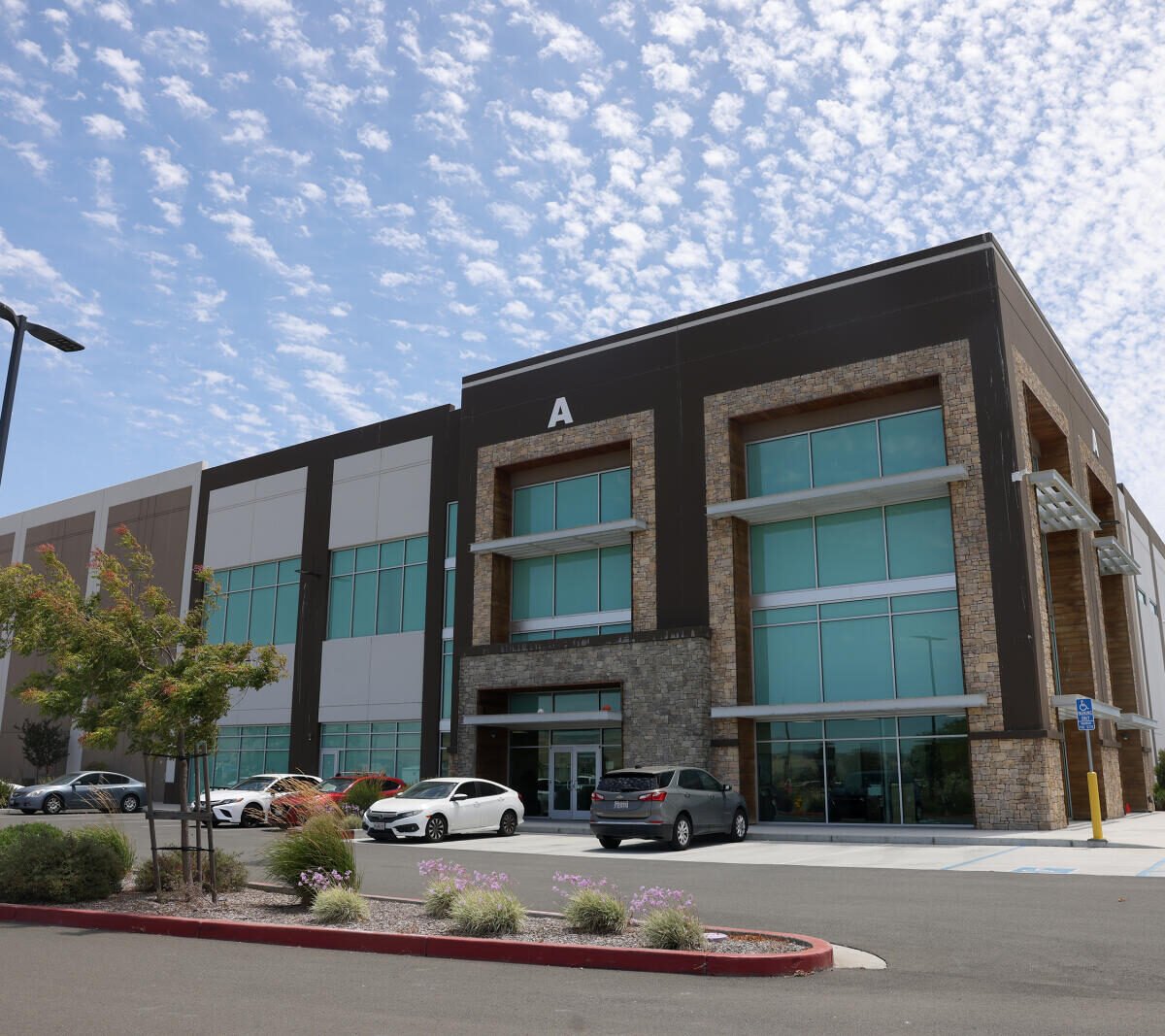The Napa Valley industrial real estate market, once considered as “recession proof” as the wine business the warehouses have been built to serve, is experiencing significant challenges as wine industry struggles continue.
Napa Valley industrial real estate market, once considered as “recession proof” as the wine business the hulking warehouses have been built to serve, is experiencing significant challenges as wine industry struggles continue.
The proportion of storage and distribution space that was available for lease in Napa and Solano counties last month jumped to 9.8% of 48.3 million square feet from 4.4% a year before, according to preliminary figures from brokerage CBRE. But the availability rate — the proportion of space that’s set to be vacated soon — soared to 12.3% from 8.2% a year prior.
But in Napa Valley’s largest storage market, American Canyon, the change was even more stark. There, 17.1% of 8.2 million square feet were vacant and 18.5% available, up from 1.0% and 5.5% a year before.
By comparison, vacancy in Sonoma County industrial real estate market ticked down to 8.2% in the first quarter of this year from 8.6% at year end, 7.1% a year before and around 5% in 2023, according to Shawn Johnson, managing partner of brokerage Keegan & Coppin Co. Inc.
He said there hasn’t been a significant jump in availability for wine-oriented warehouses in Sonoma County.
Two of the biggest reasons for the jump in Napa-Solano vacancy came when Ikea’s lease of the 644,000-square-foot warehouse at 1 Middleton Way in American Canyon ended early this year, and Solano County-based Meyer Cookware vacated the roughly half-million square feet it occupied in 400 Boone Drive nearby.
Among the wine-related big warehouse spaces to come back on the market is Bronco Wine Co.’s 75,600-square-foot warehouse at 645 Devlin Road in south Napa, built for the Central California-based vintner in 2008. Brokerage Jones Lang LaSalle listed it for sale or lease in early May. That followed the company’s notice to state regulators that it was trimming its workforce in Napa Valley and elsewhere in the state.
“It’s rough — very rough,” said Brooks Pedder, a CBRE agent who has been leasing and selling industrial buildings in Napa, Solano and Contra Costa counties since 1985.
He used to pitch warehouses in Napa Valley to buy, comparing its historically low industrial real estate vacancy rate across economic recessions to that of Hayward, a long-established market for institutional investors.
“It’s a recession-proof market no more,” he said. It’s a significant shift from previous economic downturns when wine consumption remained strong or even increased, he said.
This downturn is particularly challenging for warehouse facilities equipped with “wine packages“ — specialized improvements such as upgraded insulation, air-conditioning and vents that automatically open at night for natural cooling.
“If you’re not storing wine, you’ve got a more expensive facility because of those improvements,” Pedder said.
Location presents another obstacle for attracting non-wine businesses. Napa’s distance from Interstate 80 creates logistical challenges compared with facilities in Vacaville, Fairfield and Benicia that sit directly on the freeway.
“Going all the way out Highway 12 to American Canyon and back again for a non-wine deal can be a serious disadvantage,” Pedder said.
Some of the region’s major wine storage providers are responding to market conditions by “hunkering down” rather than expanding, Pedder said. These companies are pursuing renewals of their leases at lower rental rates, he said.
What limited wine-related warehouse leasing activity exists is concentrated in smaller spaces, seeing space with less than 50,000 square feet, Pedder said.
While some industrial markets along Interstate 80 are showing signs of increased activity, Pedder doesn’t see the same trend in Napa Valley yet. He expressed hope that 2026 might mark “the beginning of the turnaround” for the region.
That’s when some wine industry experts are predicting the signs of a rebound could start being seen, but they and others foresee several years of recovery from a convergence of factors long forming.
The business is experiencing a significant reset due to declining demand, and it may take several years to correct the general slump to sales growth, according to reports this year by Silicon Valley Bank, BMO Bank and North Coast wine grape market experts. That demand is being fueled by generational shifts from baby boomers who have powered wine purchases, particularly at the high end, and younger adults who have shown interest in other beverages in addition to wine.




